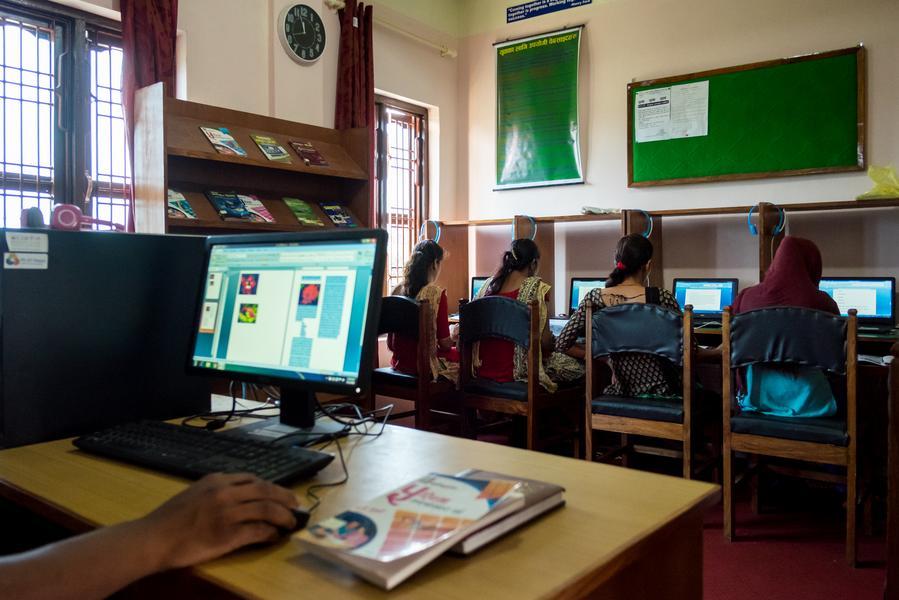Context
While the Egyptian education system is one of the biggest in the MENA region, with over 23 million students enrolled, the skills acquired in school are often misaligned with the skills required to find decent jobs or actively contribute to the country’s development. According to the Learning Poverty report, 70 percent of students could not read and understand an age-appropriate text at age 10 in 2019, reflecting deep issues in education quality. Youth with post-secondary education experience the highest unemployment (28%), while those with basic or no education have lower rates (7-8%). 52% of those with a secondary technical certificate are in a skilled profession compared to 61% of those with a basic or no education, and there are more (42%) secondary technical certificate holders in low- or unskilled professions than those with lesser education (36%). Nearly half (45%) of post-secondary graduates are employed in positions for which they may be overqualified. These patterns reflect a persistent mismatch between education outcomes and labor market needs, underscoring the urgency of education reform to improve relevance and employability.
Solution
The Ministry of Education and Technical Education (MoETE) launched a national education reform in 2018, marking a move to skills-based learning and an expansion of digital learning. Aligned with Egypt's Vision 2030, the reform aims to achieve universal access to quality, relevant education for all Egyptian children and youth. Education 2.0 seeks to replace the traditional culture of exam-driven rote memorization with student-centered, competency-based learning, focusing on developing 21st-century skills, behavior, and character. This involves updating curriculum content, learning methods, and assessment practices.
UNICEF worked with MoETE to develop and roll out new skills-based curricula and also trained national curriculum experts to ensure sustainability and national ownership. Furthermore, UNICEF worked to ensure that skills-based learning is accessible to marginalized children, including those with disabilities and out-of-school children, by developing guidelines for the adaptation of learning materials, a Teachers’ Guidebook on Inclusive Education, and a skills-based curriculum for community schools that serve OOSC. Technical education is also being reformed, replacing programs with competency-based curricula developed in partnership with employers to ensure relevance to the labor market.
Insights
It is estimated that the revised curricula will reach 23 million students from pre-primary through secondary school, equipping them with 21st-century skills and digital literacy. These changes aim to reduce rote learning, improve learning outcomes, and better align education with labor market needs, contributing to more employable graduates and enhanced national competitiveness. The quality of the education system has seen improvement, with Egypt ranking 53rd in the Global Knowledge Index (GKI) ranking in 2021, which is a leap from ranking 95th in 2017.
It is expected that the reform will foster improved equity and inclusion in education through the targeted curriculum reforms, as well as increased accessibility through the enhanced digital learning system. The reform has led to the creation of numerous online platforms and resources, such as the Egyptian Knowledge Bank (EKB) and an online teacher academy. It is essential to support teachers to help them adapt to the new approaches and technologies. Continuous evaluations are required to establish the real impact of this curriculum reform and ensure accessibility and relevance.












